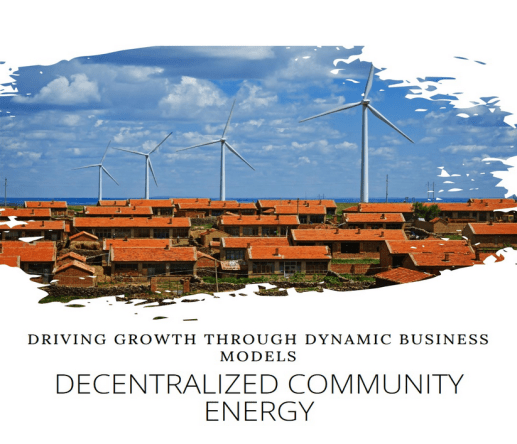
For me, the front end of the Energy Transition is vital. What I mean by the front end is that link where innovation, ingenuity and creativity get created. Today, this must be done through more outstanding collaborations, especially recognizing the value and benefits of ecosystem thinking and design.
Innovating4Energy.com advocates for a systematic, innovative, and flexible approach to transforming the energy system. The keys are the mix of building the pillars of innovation and ingenuity, the research and deployment approach, and the reforming and disruption strategies, which are all essential components of this Energy Transforming approach, delivered over clear impact steps.
To achieve a sustainable energy transition, sound consistency in advocating and applying a systematic, innovative, and flexible approach to transforming the energy ecosystem does need a central emphasis on placing importance on learning from experimentation, seeking advanced solutions, and sharing knowledge.
Placing a greater emphasis and set of resources on Innovation will help make rapid progress towards a more sustainable and efficient energy future in highly collaborative and open ways.
Much of this is how you set about the Front End of Energy transition and change and the consideration towards embracing Ecosystem design and thinking has enormous value in this assessment.
Continue reading







